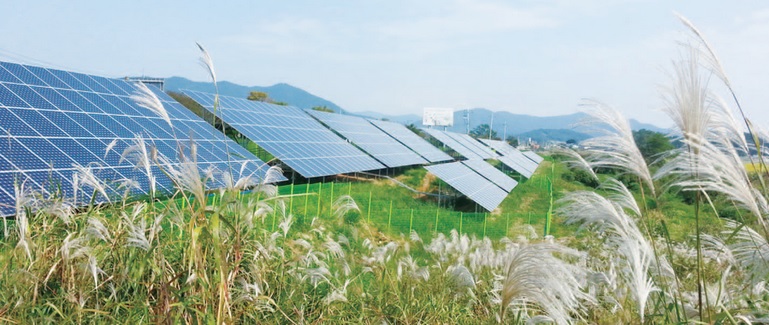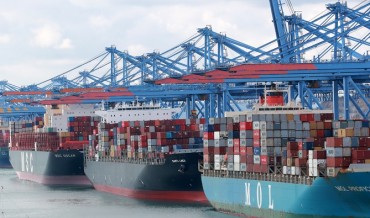
Currently, the most successful use of abandoned railways is the multitude of ‘Rail Bike’ operations. (Image : Korea Rail Network Authority Blog)
DAEJEON, Dec.21 (Korea Bizwire) – The Korea Rail Network Authority announced that it has selected eight local governments to start businesses using railways and land which are no longer in use.
Some of the abandoned areas have been used under agreements between local governments and the Korea Rail Network Authority, but as the Ministry of Land, Infrastructure and Transport established guidelines to use abandoned rail facilities in July, new ideas for the use of these spaces have been developed.
Test businesses will be run to establish norms for the usage of abandoned areas and create a model for the future.
Areas that have high potential were selected, with safety and accessibility taken into consideration. In cooperation with local governments, the land will be sold and rented to private organizations, or rented to local governments for free. The areas will be used as tourist attractions, art and culture facilities, storage and power production facilities.
Currently, the most successful use of abandoned railways is the multitude of ‘Rail Bike’ operations. A total of 11 sections, including the Jungsun-Gujeolli line are currently operating. The Kim Yoo-jeong Station to Gangchon Station section has been the most successful. Through Rail Bike and Little Train attractions, the route generated 25.2 billion won in profits in 2014.

The Korea Rail Network Authority announced that it has selected eight local governments to start businesses using railways and land which are no longer in use. (Image : Korea Rail Network Authority Blog)
In an example of another potential use, a solar power production facility was established at the Jaechon-Dodam section of the Jungang line in 2012, leading to an emissions reduction of 483 tons of carbon and 1683 tons of carbon dioxide every year.
Kang Young-il, head of the Korea Rail Network Authority, anticipates that through cooperation with local governments, making use of the abandoned areas will create jobs and provide quality entertainment as well as revitalizing local economies. “Based on the results of the test businesses, we plan to expand the usage of abandoned railways across the nation.”
By Francine Jung (francine.jung@kobizmedia.co.kr)






